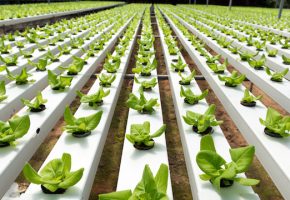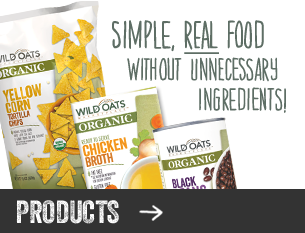Well, you know from my last post that there is something very special about Granny Smith Apples. Enjoy them for sure as you enjoy the other wonderful varieties of apples too. However, here’s a big caution – when it comes to apples, organic really matters! Really!!
There are so many ways to look at the whole “organic” issue. It is a topic that is important and, with good reason, the organic trend is growing year after year. The fact that organic produce is grown without the use of any chemicals, and must be non-GMO to even qualify for organic status, should be important to us! No one claims that eating insectides and other pesticides is good for us. Some claim that they are probably not that bad for us. Oh really …
Have you heard of the “Dirty Dozen”? This is an annual list from the Environmental Working Group of the 12 foods that contain the highest amounts of pesticide residue . Over the last 20 years, the EWG has earned high regard as a premier watchdog for toxic chemical exposures and human health. The dirty dozen list represents the 12 worst victims of pesticide residue from a total of 48 popular fruits and vegetables taken from data released by the USDA and the FDA on pesticide residue. Published information from the U.S. government!! Want to guess which item tops the list as the worst? Yup …. you’re right … the highest amount of pesticide residue is found in our apples!! Oh gosh … sad huh?
Look, I love apples and I bet you do too. In our home, we always buy organic apples. I bought my first organic apple in 1970 in a small, all organic shop in New York City. Now, organic apples are available at every supermarket I go into. Today, the United States is the #1 organic apple producer in the world! And, my state, Washington, produces over 80% of those organic apples.
Organic Apples:
● are higher in health promoting micronutrient values than non-organic
● avoid chemical contamination for the apple consumer (me and you)
● improve the lives of people living near, or working in, the orchards since there is no exposure to the pesticide spray that is used in non-organic apple orchards.
So, with apples, organic really does matter. In general, organic will be healthier for you …. containing higher nutrient value and lessening your exposure to endocrine disruptor chemicals like pesticides. Apples are good for you. Pesticides aren’t. Organic apples are the best!
Additional Resources:
Complete List of the 48 Fruits & Veggies for Pesticide Content
Excerpt from The Handbook of Pesticide Toxicology (NIH – National Institute of Health)


 Contact us
Contact us





